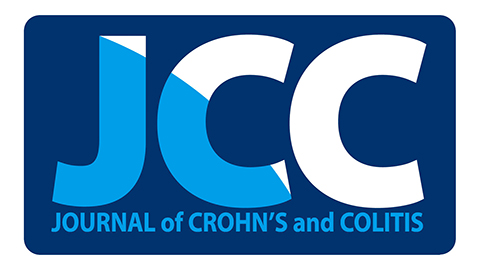
“Cannabis sativa and its extracts have been used for centuries both medicinally and recreationally. There is accumulating evidence that exogenous cannabis and related cannabinoids improve symptoms associated with inflammatory bowel disease such as pain, loss of appetite, and diarrhoea. In vivo, exocannabinoids have been demonstrated to improve colitis, mainly in chemical models. Exocannabinoids signal through the endocannabinoid system, an increasingly understood network of endogenous lipid ligands and their receptors, together with a number of synthetic and degradative enzymes and the resulting products. Modulating the endocannabinoid system using pharmacological receptor agonists, genetic knockout models, or inhibition of degradative enzymes have largely shown improvements in colitis in vivo. Despite these promising experimental results, this has not translated into meaningful benefits for human IBD in the few clinical trials which have been conducted to date. The largest study to date being limited by poor medication tolerance due to the Δ9-tetrahydrocannabinol component. This review article synthesises the current literature surrounding the modulation of the endocannabinoid system and administration of exocannabinoids in experimental and human IBD. Findings of clinical surveys and studies of cannabis use in IBD are summarised. Discrepancies in the literature are highlighted together with identifying novel areas of interest.”



 “The acute effects of
“The acute effects of 



